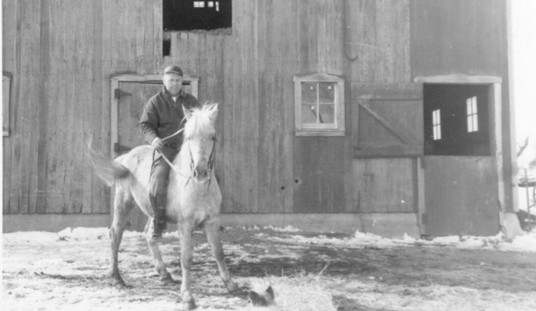Pardon my French, but the USGS hasn’t “discovered” squat. They compiled data from industry sources and estimated how much oil, gas, and gas liquids might be technically recoverable once drilled. Good work, but not a discovery.
Oil and gas can only be discovered with a drill bit, and credit for the discovery goes to the entrepreneurs who risked private capital to make it happen.
This week, the Geological Survey press release is accurate and fact-filled. Apparently the notion of “discovery” was created by notoriously STEM-challenged journalists, then passed on uncritically by bloggers.
The Wolfcamp shale in the Midland Basin portion of Texas’ Permian Basin province contains an estimated mean of 20 billion barrels of oil, 16 trillion cubic feet of associated natural gas, and 1.6 billion barrels of natural gas liquids, according to an assessment by the U.S. Geological Survey. … (emphasis added)
That’s a world-class resource, on the order of the Alaskan North Slope. I’ll summarize the technical points of the press release:
- The Wolfcamp Shale is not new. Operators have been producing vertical Wolfcamp wells since the 1980s.
- More recently, operators have recognized a thick shale/tight sand sequence in the Wolfcamp/Spraberry (“Wolfberry”) geologic formations as a target for horizontal wells. More than 3,000 have been drilled.
- USGS pencil pushers for the first time have compiled a comprehensive assessment of the resource. (I don’t use “pencil pusher” in a pejorative sense; I’m one of them.)
- The estimate covers a wide range of possible outcomes. The mean (average) of those estimates is the 20 billion barrels reported. Could be more, could be less, probably by a wide range; it is a SWAG.
- Importantly, “The Wolfcamp shale is also present in the Delaware Basin portion of the Permian Basin province, but was not included in this assessment.” So, more to come.
Conspicuously absent from the release is an estimate for the number of wells and the total cost of proving up this potential resource. (Hint: The answer is “a lot”, or in technical terms, a metric buttload.)
President Obama famously (and repeatedly) said things like:
The United States consumes more than 20 percent of the world’s oil, but we only have 2 percent of the world’s oil reserves — 20 percent we use; we only produce 2 percent.* And no matter what we do, it’s not going to get much above 3 percent. So we’re still going to have this huge shortfall.
The president’s declaration misled because the distinction between “reserves” and “resources” is technical but significant. (Just ask the Washington Post if you don’t believe me.) Similarly, the difference between “discovered” and “assessed” matters, and it grates me to see any government agency assigned credit for a private accomplishment. Note also that credit goes to American independent companies, not “Big Oil”.
They did build that.
* Wrong on a second count. The U.S. is one of the top 3 producers of oil. Domestic production accounts for 10% of global production.
Cross-posted at stevemaley.com.













Join the conversation as a VIP Member